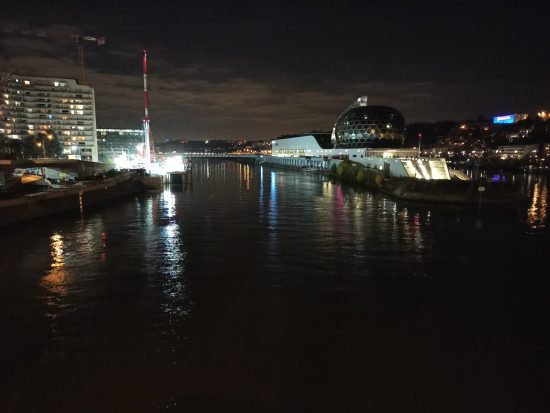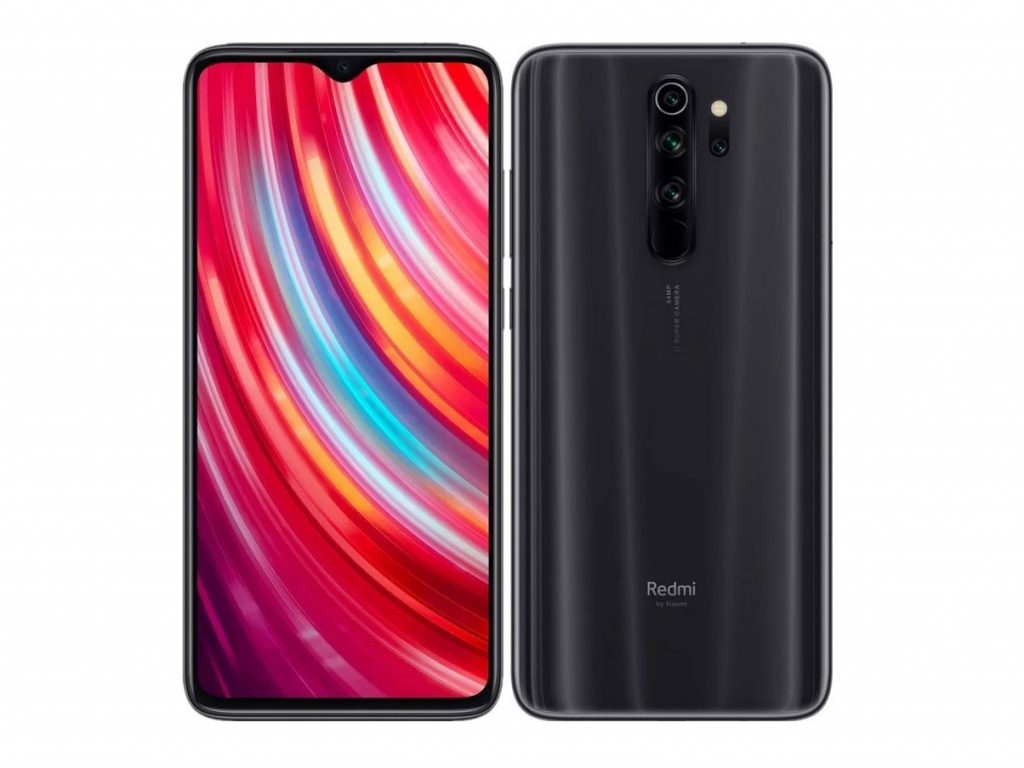The Xiaomi Redmi Note 8 Pro is the latest flagship model in the Chinese manufacturer’s affordable Redmi line of devices, and features a large 6.53-inch IPS display with FHD+ resolution and a glass-covered back. The Android 9 operating system is powered by a Mediatek Helio G90T chipset with octa-core CPU.
The rear camera comes with four separate modules. A 64MP primary wide-angle camera is accompanied by an 8MP ultra-wide with a 13mm-equivalent focal length and a 2MP dedicated depth sensor. There is no tele-camera, but the Redmi offers a 2MP dedicated macro camera (not covered by our DXOMARK Camera test protocol).
In video mode, the camera is capable of recording 4K footage at 30 frames per second. Read on to find out how the camera of this mid-ranger stacks up against the competition.
Key camera specifications:
- Quad-camera
- Primary: 64MP 1/1.7-inch sensor with 26mm-equivalent f/1.9-aperture lens, PDAF
- Ultra-wide: 8MP sensor with 13mm-equivalent f/2.2-aperture lens
- 2MP macro camera
- 2MP depth sensor
- LED flash
- 2160p/30fps video
About DXOMARK Camera tests: For scoring and analysis in our smartphone camera reviews, DXOMARK engineers capture and evaluate over 1600 test images and more than 2 hours of video both in controlled lab environments and in natural indoor and outdoor scenes, using the camera’s default settings. This article is designed to highlight the most important results of our testing. For more information about the DXOMARK Camera test protocol, click here. More details on how we score smartphone cameras are available here.
Test summary


With a DXOMARK Camera score of 84, the Xiaomi Redmi Note 8 Pro occupies a spot in the bottom half of our ranking, just below such other affordable models as the Motorola Moto One Zoom and the Samsung Galaxy A50, and matches the score of the gaming-oriented Black Shark 2.
Its performance in still image mode earns it a Photo score of 87. The score is based on a relatively good performance in our autofocus tests, good subject isolation in bokeh mode, as well as good target exposure when using the flash at low ambient light levels. However, our testers also found several areas for improvement on the Redmi. Despite the high-resolution sensor, images show a lack of fine detail, which is exacerbated when shooting under typical indoor conditions.

Dynamic range is also limited, which results in very noticeable clipping of highlights when shooting in difficult high-contrast situations. In addition, hue shifts can be seen close to clipped areas—in blue skies, for example. The Redmi Note 8 Pro doesn’t come with a dedicated tele-camera; as a result, zoom shots lack detail. The ultra-wide covers a good field of view, but like the primary camera, its images lack dynamic range and levels of detail are low, too.

The Redmi Note 8 scores 78 for Video, which is at the lower end in our ranking. Video footage usually shows good target exposure when recording outdoors or under typical indoor conditions. In bright light, colors are vivid and generally pleasant, too, and the electronic video stabilization is effective at counteracting camera-shake when holding the device still while recording.
However, just as with still photos, the Redmi’s video footage shows a range of problems. In changing light conditions, our testers observed white balance and exposure instabilities as well as noticeable stepping. As with stills, dynamic range is limited, with noticeable highlight clipping in bright high-contrast scenes. Despite the 4K resolution, levels of detail are low and at the same time, noise is visible in all light conditions.
Conclusion
Looking at the Redmi Note 8’s scores and sample images, it’s clear the Xiaomi device’s camera cannot compete with the current best in class models, and shows a range of areas for improvement in both photo and video modes. This said, the Redmi is a budget model that costs only a fraction of the price of a current top-end smartphone. With this mind, it’s fair to say the device does a decent job, and if you’re willing to accept its shortcomings, the Xiaomi Redmi Note 8 Pro provides a good amount of smartphone camera bang for your buck.
Photo
Pros
- Fast and accurate autofocus in good light
- Decent exposure in low light and at night
- Good target exposure with flash
- Good subject isolation in bokeh mode
Cons
- Limited dynamic range and highlight clipping
- Lack of detail and artifacts in zoom shots
- Hue shift, ringing, and corner softness artifacts
- Lack of fine detail in indoor shots
- Lack of detail and dynamic range
- Slow autofocus response times
Video
Pros
- Good stabilization in static scenes
- Good target exposure in bright light and under indoor conditions
- Pleasant color in outdoor videos
Cons
- Limited dynamic range
- Exposure oscillations in outdoor and indoor clips
- Noise in all conditions
- Orange white balance cast in indoor footage
- Autofocus tracking issues in low light







DXOMARK encourages its readers to share comments on the articles. To read or post comments, Disqus cookies are required. Change your Cookies Preferences and read more about our Comment Policy.